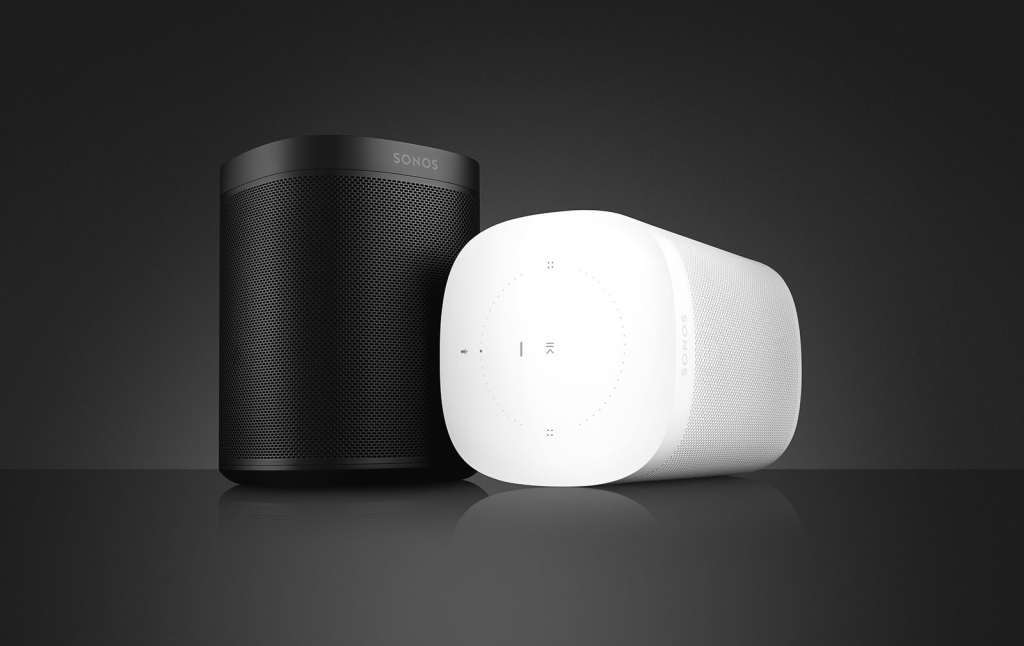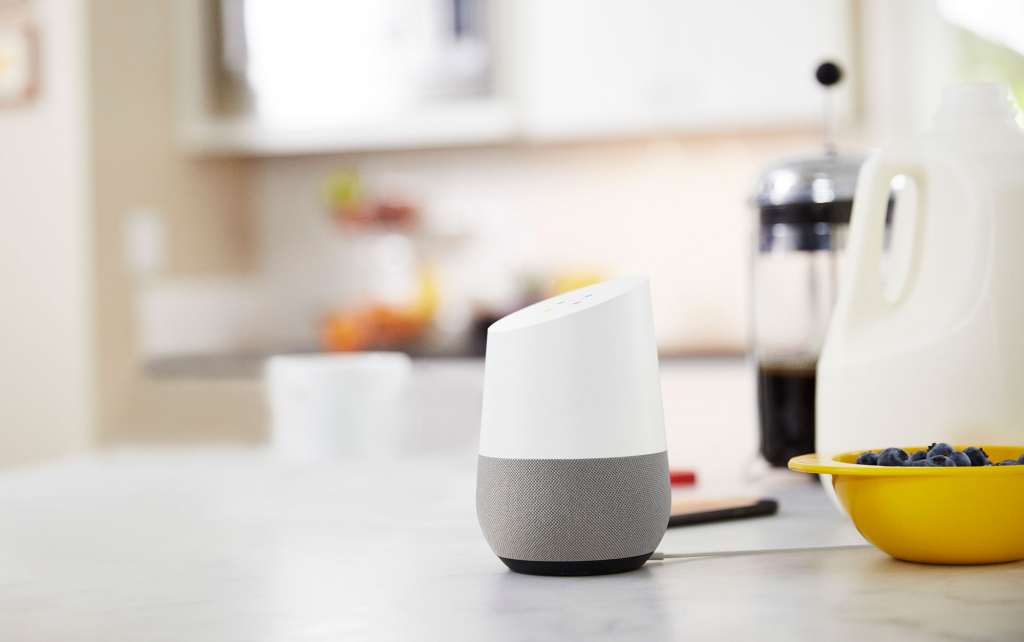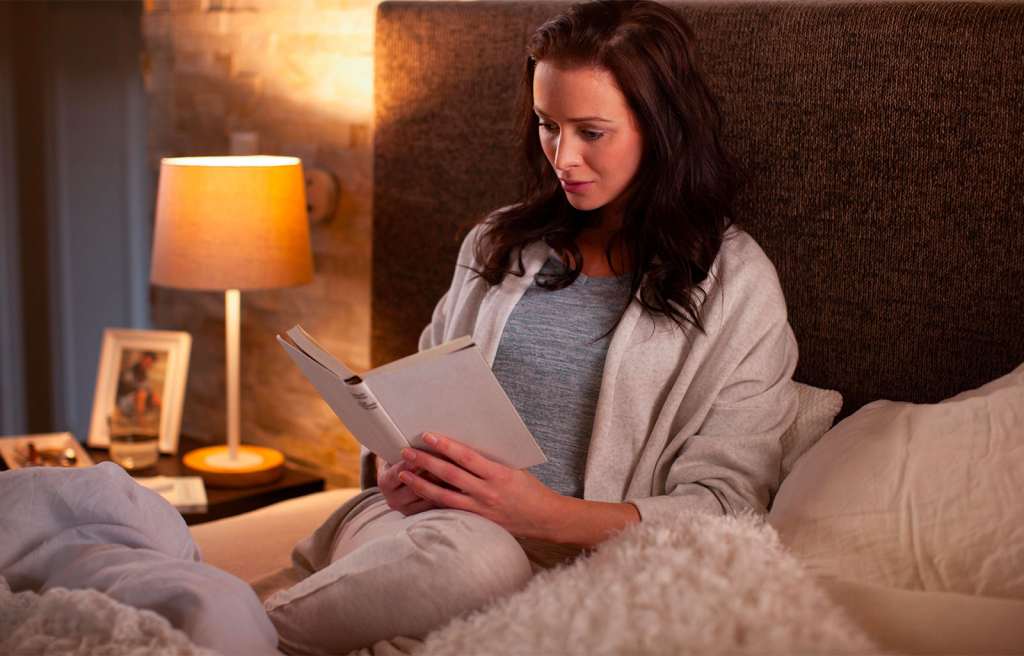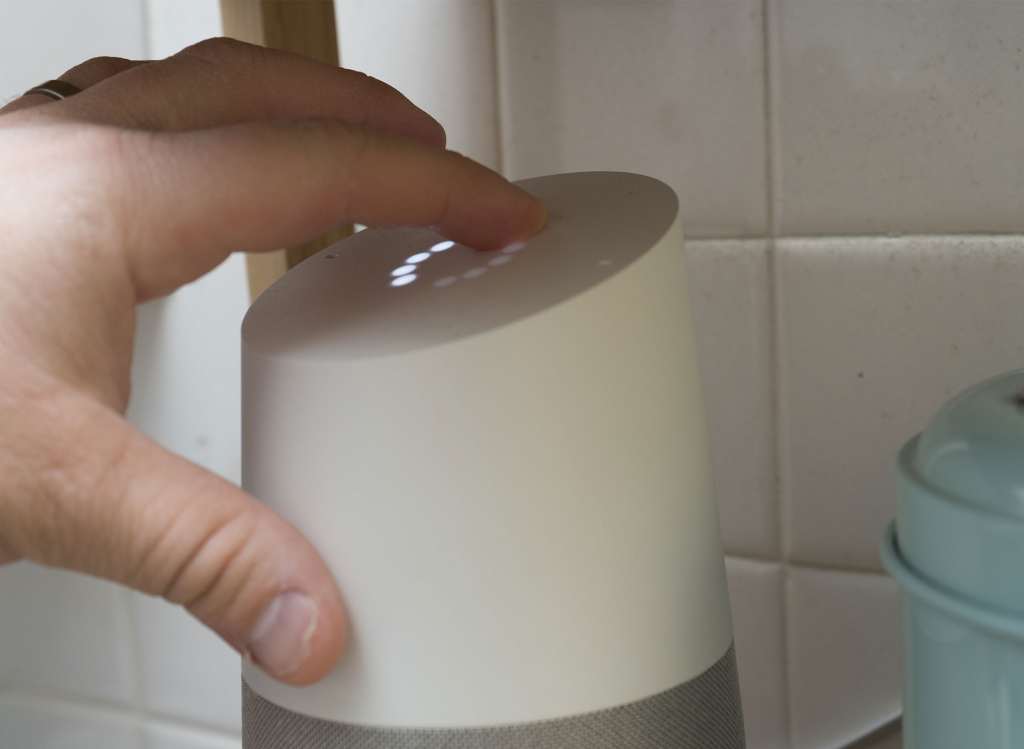Speakers that you can talk to are appearing everywhere. You can ask them questions, they can be your assistant, and they can form a part of your life, not just providing music. But are all smart speakers created equal, and what’s the difference?
Your home is gradually making the transition from a standard home without any internet connectivity, and one that plays nicely with the internet. It might not seem like a big deal, but the change is coming.
Almost like a scene from The Jetsons, your home will soon be able to talk to devices inside of it, and by “soon”, we mean as early as tomorrow, or even today, depending on how much you want to spend and if your local electronics store has stock.
The technology in your home can be upgraded, and much like they say in The Six Million Dollar Man, “we can build it, we have the technology”, you just have to choose what in your life you want to upgrade.
From dumb home to smart home
Around your home, you just have to pick an area. You can find smart air conditioners and smart appliances, and of course there’s the smart TV.
The most obvious place people generally start, however, is with the smart lightbulb, because with just a few new light bulbs, you can start the transformation of your home from ordinary dumb house to something smarter and more web savvy.
Whether you opt for a bulb made by Philips or something else, you’ll find that you can control it using your phone, but there’s always a more natural way.
Why control the lights with the remote control app on a phone when you can merely say what you want and get the house to do your bidding? Surely, voice control is the very definition of the future, seen in practically every science fiction title to date.
To do it, you need a different type of smart device: you need a smart speaker.
Again, this is transformed technology at its best, as the speaker not only becomes web connected, but also brings with it a microphone or two, listening out for the keywords and the fact that you can control it.
Smart speakers are one of the easiest introductions to the world of smart homes because of the fact that they can listen out for your words, your phrases, and your commands, and because they learn.
A speaker that listens and learns
The technology inside a smart speaker might sound sophisticated, but most of it is pretty easy to get your head around. There’s a speaker system and a microphone system, and it will likely rely on one of two major platforms to do its work.
Whether you choose an Amazon Alexa or Google Assistant speaker, they will likely do similar things but in different ways.
When you talk to an Alexa-enabled speaker, you’re talking to Amazon’s Alexa platform, and training it to talk to devices in your home based off the skills you connect it with.
Amazon’s Alexa platform connects your Alexa speakers through your Amazon account, and then connects your desired services through your account to those devices. Over time, as you talk to the speakers, it learns how to work with them, and how to interpret your commands more readily.
In a way, it’s like teaching someone your specific way of speaking, and having them act out those requests. Amazon and other companies will come up with skills they can add, and over time your smart speaker becomes “smarter”, being able to connect with new devices and services.
The same is true on the Google side of things, with Google Home and Google Assistant-enabled speakers playing nicely with Google’s ecosystem and your Google account, used with the likes of Google Mail, Google Drive, and Google’s Android Play Store, if you use any of those.
Companies are gradually building in support for their services through Google Home, meaning all you have to do is talk to the speaker and Google can make it happen. As a bonus, Google’s Assistant doesn’t just appear on speakers, and can be used on a phone, allowing you to connect what you do at home with what you do on the go.
Apple also has its own smart speaker, the HomePod, which has been designed more around music than its smart platform. The HomePod relies on Siri, which suggests over time, the HomePod might be able to do more, though right now, music is the best thing it does.
That’s three smart platforms, and it’s likely the beginning of a platform fight between companies, with other manufacturers either releasing their own smart platform for speakers and the smart home, or connecting up with one of the major platforms.
This raises the question: if you’re planning to buy into a smart speaker, what do you choose?
How to pick a smart speaker
Picking the right smart speaker can depend on the ecosystem you already have, though because both Amazon Alexa and Google Assistant support phones running Android and iOS, it can make this more difficult.
If you already have Google Chromecasts in your home and/or Cast-enabled devices like a smart TV with Android TV installed, you may want to consider Google’s Home speakers, or compatible speakers like those from LG and Sony.
Amazon’s Alexa speakers are a little different, and while they’re playing catch up to Google’s selection, they offer quite a few variants, including the four made by Amazon, and UE’s Blast and MegaBlast.
Both speaker varieties can take your questions, and while they each support different services, both are growing in number, so we’d check to see which of your favourite services use the speakers, helping to make your decision that way.
They both also support different music services, with Amazon’s Alexa speakers supporting Spotify and Amazon’s own local service, while Google’s speaker handles Spotify and Google’s own, as well.
Neither touch Apple Music, with that left to Apple’s HomePod, the newest of the smart speaker systems. Currently, Apple’s HomePod supports only Apple Music and requires an iPhone to operate, while both Alexa and Google Home can handle any phone or tablet.

There’s also the question of Sonos, because if you have a Sonos speaker system in your home, you may want to consider either a new Sonos product that supports smarts the addition of something else that works with it.
Last year’s release of the Sonos One speaker included a microphone and turned it into a smart speaker, but the service was only switched on this year for Australians. However, only the Amazon Alexa system works with Sonos, helping to make that decision a little easier, though Sonos has said Google support is coming, which will no doubt close the gap later on.
While the feature list can seem split, it still comes back to the features you want in a smart speaker. Ultimately, if you can work that out, you’ll find your decision is made a little easier.
And if you’re just itching to start in the smart home, either of the major systems — Google or Amazon — should do you fine.
Long term, you’ll see more speakers not made by Amazon or Google supporting the smart platforms very soon, and that has started with the likes of Sony, LG, JBL, Bang & Olufsen, and UE, and will expand. They might even support both, which will be better for everyone, putting the smart home in reach for everyone.











